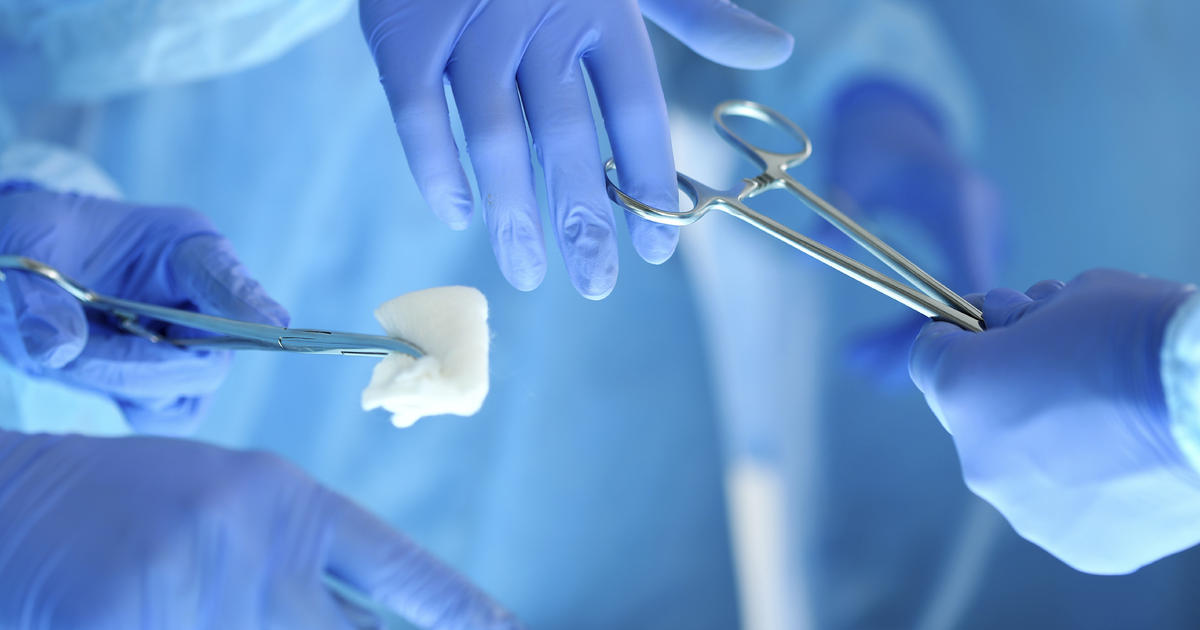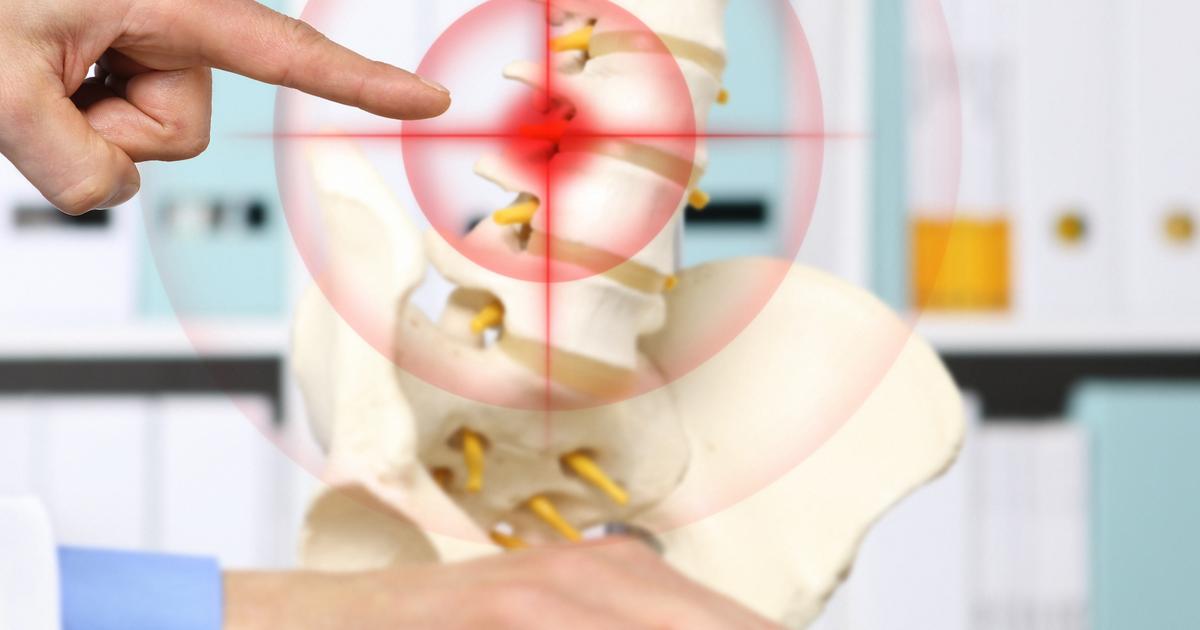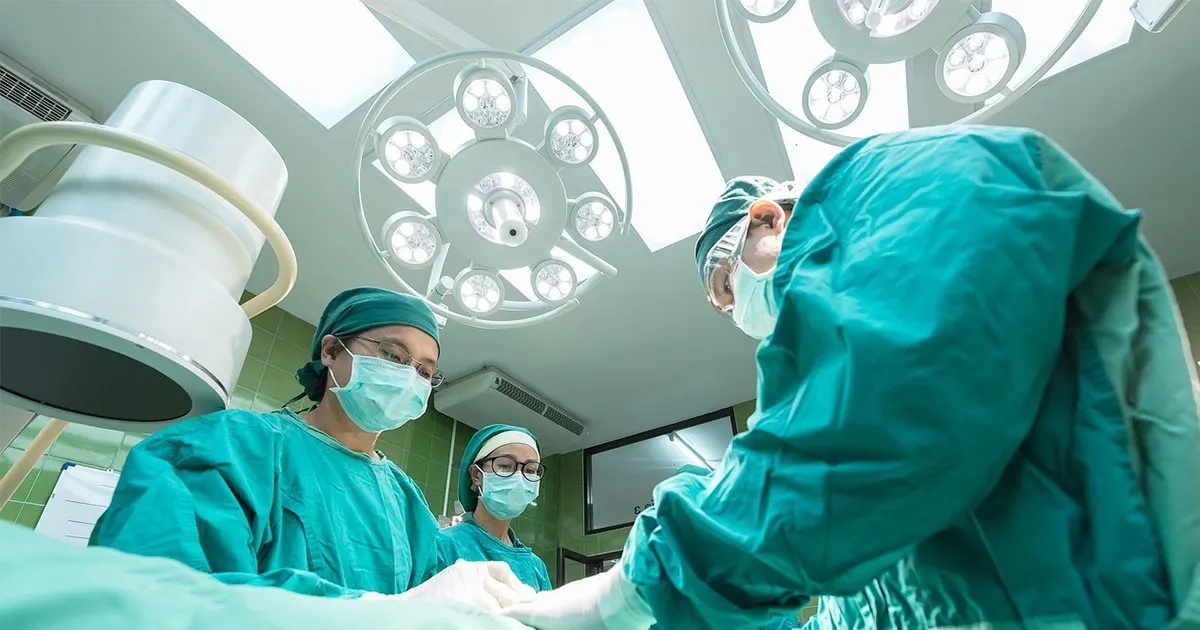What Are Incisional Hernias?
A hernia is an umbrella term that comprises of any protrusion of an organ through a weak spot in the tissue or muscle intended to keep it in its place. This malfunction creates a noticeable bulge in the affected area. Hernias may occur in an individual's belly button, upper thigh, or groin. The tissue or muscle that surrounds an organ to hold it in place is called fascia. When tissue protrudes from any site of a surgical scar in the healing process, it is called an incisional hernia. Incisional hernias are considered a ventral hernia since they most commonly occur in the front of an individual's abdomen following a surgical procedure. Individuals who undergo surgery are most at risk of developing an incisional hernia between three and six months post procedure, while the incision and surrounding tissues are healing. Incisional hernias do not heal on their own and require medical treatment.
Symptoms Of Incisional Hernias

There are a few specific symptoms of incisional hernias that occur in affected individuals. At first, an incisional hernia may start off looking like a small bulge near a healed incision from a recent surgical procedure. The protrusion from the surgical site may include a sensation of aching or burning and may be reddish in color. An incisional hernia is known to produce pain when the affected individual is moving cumbersome or heavy objects, and when they are straining muscles in the affected region. An incisional hernia may cause scar tissue to obstruct a patient's intestines, resulting in constipation. Scar tissue can also result in an infection due to an incisional hernia, which can cause the patient to experience nausea and vomiting. An affected individual who has developed an infection because of this type of hernia may also have a fever and elevated heart rate. An individual who has an incisional hernia may also experience thin, narrow stool or diarrhea as a manifestation of their condition.
Read about the causes of incisional hernias next.
Common Causes Of An Incisional Hernia

Some common causes of an incisional hernia are the result of a surgical incision in the wall of an individual's abdomen not closing correctly following a surgical procedure. There are numerous reasons why the incision from surgery may not heal properly. When an individual starts back up doing physical activities too soon following surgery, the surgical cut may not close correctly. When an individual becomes pregnant prior to the surgical cut fully healing, the incision may not close properly. In addition, a patient who places too much pressure on their abdomen while the surgical incision is still healing can cause it not to close as it should. In some cases, there may not be a clear cause of why a surgical cut has not correctly healed up. Patients who undergo surgery that necessitates a large incision or a surgical operation on an emergent basis are more likely to experience an incisional hernia following the procedure. The skills of the surgeon and the technique used to sew the incision shut are also main factors, as the improper alignment of the wound edges can result in an incisional hernia.
Get more details on incisional hernias now.
Diagnosing An Incisional Hernia

Several techniques are used by a health care provider for diagnosing an incisional hernia. First, the physician usually asks questions about the patient's medical history. The physician will ask the affected individual if they have had abdominal pain, constipation, a lump in the abdomen near a recent surgical site, fever, and nausea. They will inquire about previous surgeries and any complications that occurred with them. The physician will do a physical examination to look for characteristics of an incisional hernia. In some cases, a part of the patient's intestine becomes compressed in the abdominal wall where the incisional hernia is located, and it cuts off the intestine's blood supply. This compression can cause the tissues of the individual's intestine to die. Additional diagnostic tests can be run to check for these life-threatening complications that occur in some cases of an incisional hernia. A blood test can be performed to detect and identify any infections that may have been caused by necrosis or intestinal obstruction. A CT scan, ultrasound, and MRI are diagnostic imaging tests that may be used to help a physician detect any blockages or pinpoint the exact location of the hernia.
Learn about the frequency of incisional hernias next.
Frequency Of Occurrence

An incisional hernia's frequency is based on numerous factors. Studies have proven all major abdominal surgical procedures carry a thirty-three percent risk of an incisional hernia post-operation. It is estimated that less than one-fifth of all hernias that occur in the abdominal region are considered incisional hernias. The highest occurrence of incisional hernia happens with a midline type of incision at seventy-four percent, where it is less common with transverse and paramedian incisions. Horizontal incisions are less likely to result in an abdominal hernia than vertical incisions. Incisions in the upper abdominal region are more likely to cause an incisional hernia than those in the lower abdominal area. Individuals who have a body mass index of over twenty-five are more likely to experience an incisional hernia. An infected surgical wound that is healing is sixty-eight percent more likely to result in an incisional hernia. Other factors that make an individual more susceptible to experiencing an incisional hernia are an intra-operative blood transfusion, pre-operative chemotherapy, being elderly or of advanced age, and pregnancy.
Discover how incisional hernias are treated next.
Laparoscopy

Laparoscopy is used in most cases of surgical hernias as standard treatment. A laparoscopic incisional hernia repair is a minimally invasive procedure that differs from the traditional open hernia repair methods. A laparoscope or thin instrument with a camera on its end allows the surgeon to see inside of the abdominal area by displaying real-time images on a screen. The herniated organs are put back in place, and the surrounding muscle and other tissues are sewn with sutures, tacked, or stapled to a synthetic mesh intended to hold the organ in place and prevent hernia reoccurrence. The small incisions made to allow for insertion of the laparoscope are then stitched back up. Most patients who undergo a laparoscopic hernia repair for an incisional hernia go home the same day or the next day following the surgery. Individuals who undergo this procedure are usually able to get up and walk immediately after but need to wait up to three weeks to resume any substantial physical activity. While traditional open hernia repair has shown to have a lower reoccurrence rate, a laparoscopic hernia repair has far less risk of complications and quicker recovery time.
